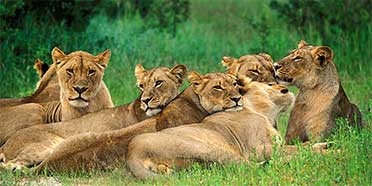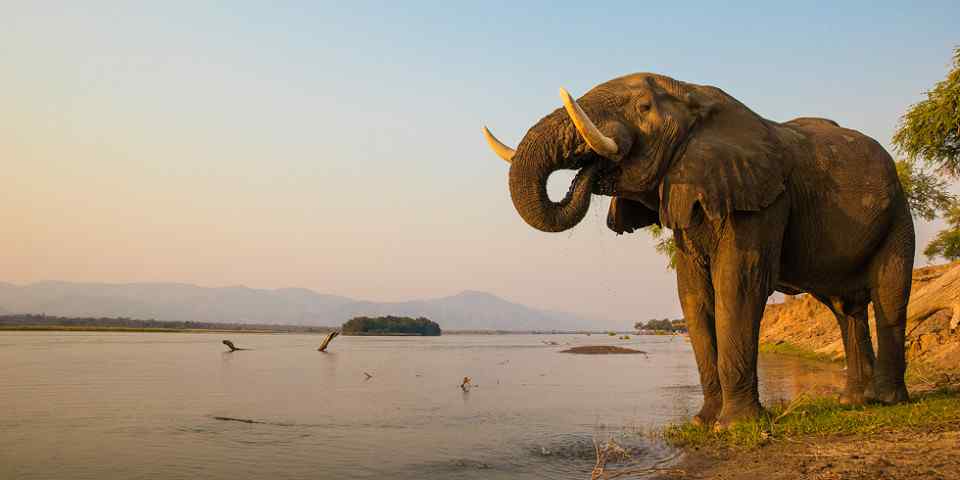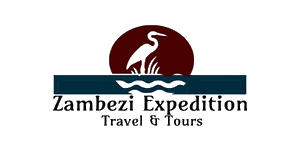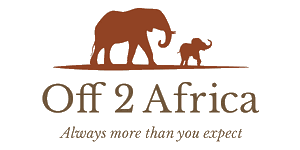
Safari Tours to Hwange NP
-
![13-Day Luxury Zimbabwe Safari]()
13-Day Luxury Zimbabwe Safari
$16,584 to $23,612 pp (USD)
Zimbabwe: Private tourLuxuryLodge & Tented Camp
You Visit: Victoria Falls Town (Start), Hwange NP, Lake Kariba, Matusadona NP, Mana Pools NP, Victoria Falls (End)

Wayfairer Travel
4.9/5 – 149 Reviews
-
![6-Day Zimbabwe Amazing Private Tour]()
6-Day Zimbabwe Amazing Private Tour
$3,388 pp (USD)
Zimbabwe, Botswana & Zambia: Private tour
Mid-range LodgeYou Visit: Bulawayo (Start), Matobo NP, Hwange NP, Victoria Falls, Victoria Falls Airport (End)

Zambezi Expedition Travel and Tours
5.0/5 – 86 Reviews
-
![11-Day Very Best of Zimbabwe Luxury Safari]()
11-Day Very Best of Zimbabwe Luxury Safari
$6,648 to $8,162 pp (USD)
Zimbabwe: Private tourLuxuryTented Camp & Hotel
You Visit: Victoria Falls (Start), Hwange NP, Lake Kariba, Mana Pools NP, Victoria Falls Airport (End)

Off2Africa Travel
5.0/5 – 96 Reviews

 Zimbabwe Parks
Zimbabwe Parks


















